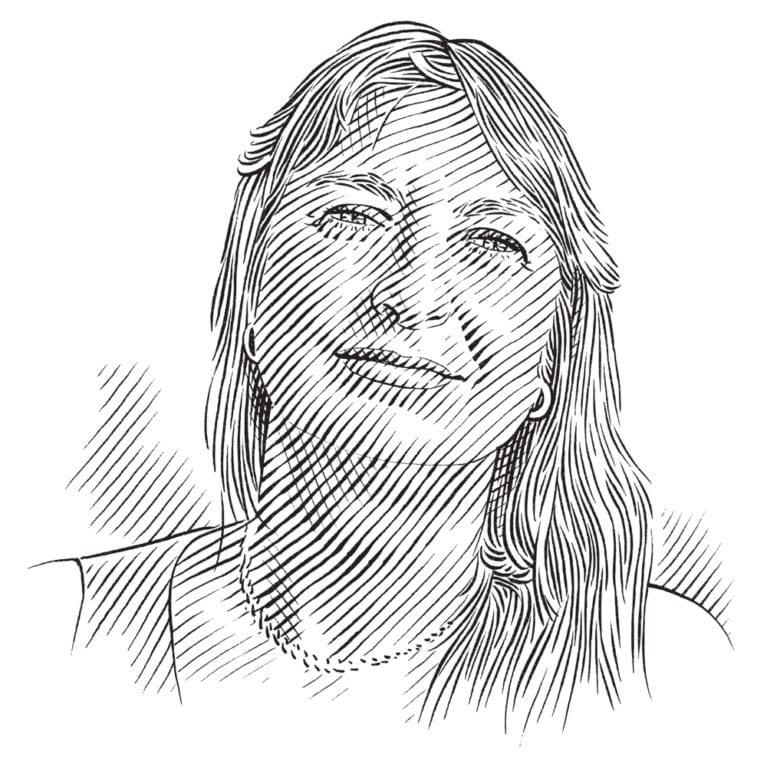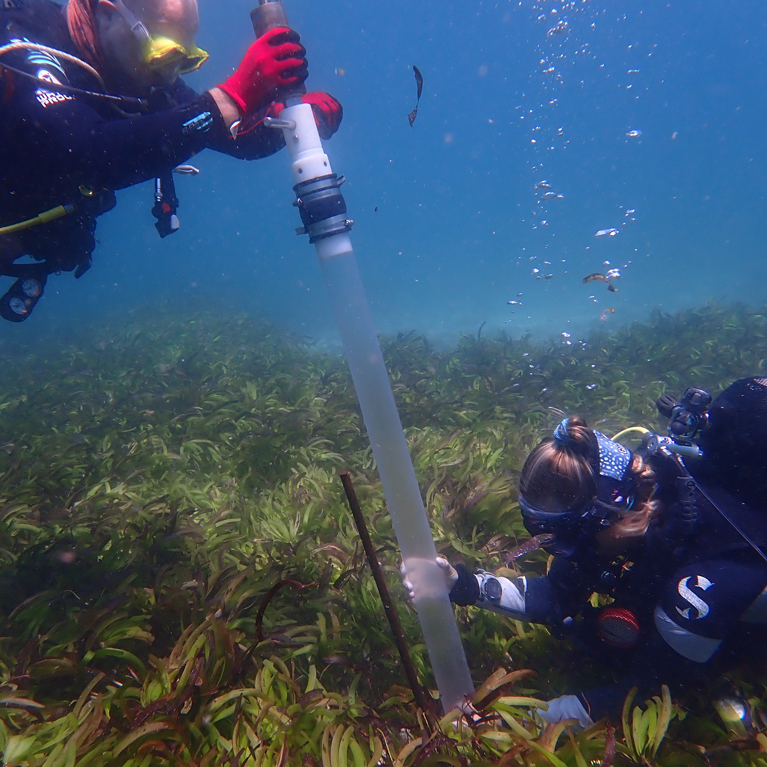Sea turtles on D’Arros
The beaches of D’Arros Island and St Joseph Atoll are very important places for mother sea turtles to come and lay their eggs. Jeanne is training Seychellois monitors to observe nesting turtles and collect data about them.
Ever since I was a little girl I knew I wanted to be a scientist – but I didn’t know what kind. What I did know was that I loved animals, especially ‘cold’ animals – reptiles, amphibians and insects – and that I loved the outdoors. I grew up in the big city of Chicago in the USA, but from the age of six to 20 I spent all my summers at my family’s fishing lodge in the lakes region of north-western Ontario in Canada. There I worked as a waitress, a fishing guide and a house painter and in...
Community monitoring of nesting sea turtles at D’Arros and St Joseph, Seychelles
The key objective of this project is to promote conservation and a better understanding of the nesting sea turtles of D’Arros Island and St Joseph Atoll in the Seychelles.
The IUCN lists the hawksbill turtle as Critically Endangered globally and the green turtle as Endangered. Green turtle populations are particularly endangered in the Inner Islands and the Amirantes Group of the Seychelles. The Government of Seychelles recognises this endangerment and has passed legislation to protect turtles and has implemented policies to encourage conservation efforts at the local level. More than 15 long-term sea turtle monitoring programmes have been implemented in the Seychelles since 1968 and most of them are on-going.
Sea turtles have long been of economic importance to the people of the Seychelles. Historically turtles were killed to extract products for export. Calipee – the dried cartilage found just inside green turtles’ shells – was used in Europe to make turtle soup (with an average 150-kilogram turtle yielding approximately 1.5 kilograms of calipee), and the scales covering the shells of hawksbill turtles were removed to produce tortoise shell – a semi-precious material originally exported to Europe and later (between 1960 and 1992) to Japan. In addition, turtle meat has always featured prominently in traditional Seychelles cuisine.
In 1994, the Seychelles Government passed a law that offered complete legal protection to all sea turtles and their eggs. The export trade ceased. But some human customs and habits die-hard and many Seychellois retained a taste for turtle meat, especially the more traditional Seychellois people living and working in the Outer Islands of Seychelles. Clearly there was a need to get people to see turtles in a different light.
The best way to do that proved to be through encouraging coastal people to take ownership of conservation programmes involving sea turtles. The D’Arros Research Centre achieved this through their Community Monitoring of Nesting Sea Turtles programme. This programme enlists Seychellois labourers who work on D’Arros Island during the day to conduct daily monitoring of the nesting beaches on the island after their workday on a paid-over time basis. Once a week they also go across to the more remote St Joseph Atoll and monitor nesting activity on the beaches there.
- Reduce poaching at D’Arros Island and St Joseph Atoll.
- Estimate how many female turtles nest annually and determine long-term population trends.
- Define seasonal and spatial distribution of nesting emergences of each species at both D’Arros and St Joseph and determine how patterns may change over the years.
- Determine nesting periodicity, spatial preferences and genetic characteristics of individual turtles.
- Report on the findings pertaining to the first four objectives over the period from 2004 to 2013.
- Publicise the contributions of the SOSF towards achieving the above objectives.


